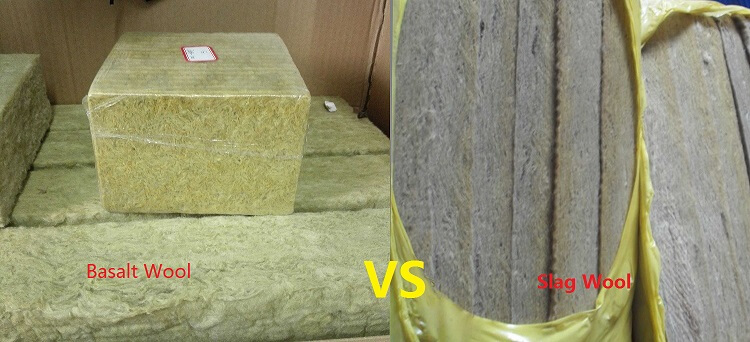Even though there are more than 200 domestic rock mineral wool manufacturers in China, but most of them using slag as main raw material, which has alkaline substances such as calcium oxide and magnesium oxide at a high level, acidity coefficient is below 1.5. Those slag wool is aging intolerant, can not meet the technical requirements of Chinese national standard, not to mention ASTM standard.
Only rock wool with an acidity coefficient of 1.6 or more is real rock wool product, and the standard is even higher for exterior wall insulation, which requires acidity coefficient over 1.7, so as to guarantee the quality and thermal performance.
There are less and less domestic companies went to in-depth research on the application technology of rock wool in buildings due to high product quality and relatively small market demand in China.
EcoIn Insulation factory focus on markets abroad, we strictly control the source of raw materials and conducts inspections on each batch of raw materials to ensure that the acidity coefficient of raw materials is above 1.8.
Below is the difference between basalt rock wool and slag wool in four aspects:
1. Comparison of chemical composition and acidity coefficient
| Raw Material | SiO2 | Al2O3 | CaO | MgO | Fe2O3 | FeO | SiO2+Al2O3+CaO+ MgO+ | MK |
| Basalt | 47.41 | 15.0 | 8.02 | 6.89 | 3.99 | 7.36 | 77.32 | 4.18 |
| Dolerite | 49.32 | 16.61 | 9.40 | 6.56 | 6.0 | 4.65 | 81.89 | 4.13 |
| Cast iron blast furnace slag | 40~41 | 8~17 | 36~42 | 6~8 | — | 0.65 | 90~95 | 0.95 |
| Steelmaking blast furnace slag | 38~40 | 6~12 | 38~43 | 5~12 | — | 0.4~0.8 | 90~95 | 0.9 |
Analysis: The chemical composition of blast furnace slag is that SiO2+Al2O3+CaO+MgO content is as high as 90% to 95%, and Fe2O3+ FeO content is less than 1%, while that of basalt and dolerite is SiO2+Al2O3+CaO+ The MgO content 77% to 83%, which is more than 10% lower than that of blast furnace slag. The content of Fe2O3+ FeO is about 11% on average and it can reach 17% at the highest. From this, the acidity coefficient MK of the basalt rock wool board is calculated to be 1.5 or even more than 2.0, and the acidity coefficient MK of the slag rock wool board is about 1.2.
2 The difference in water resistance between basalt rock wool board and slag rock wool board
The crystallization zone of basalt rock wool board is CS-C2AS-C2S (wollastonite-aluminum beryl-calcium feldspar). All of them have no hydraulic characteristics, and the changes are very small after water exposure, making the basalt rock wool board have good water resistance. The crystallization zone of the slag rockwool board is CS-C2AS-CAS2 (wollastonite-aluminum cristobalite-dicalcium silicate), and the dicalcium silicate produces hydration reaction with water in the course of its production with increasing temperature, so that the stability of slag wool fibers decreasing in a humid environment;
Basalt rock wool board’s PH value is less than 4, which belongs to mineral fiber with particularly stable water resistance. Slag wool is generally more than 5, even more than 6, and its water resistance can only be moderately stable or unstable.
3 The comparition in thermal conductivity performance
Both basalt wool board and slag rock wool board have good thermal insulation performance. When the working temperature exceeds 675°C, the cooling process of slag wool will be slow, which causes the internal structural conversion density to decrease from 3.28 to 2.97, and the volume expands by about 10%, making the slag rock wool board powdered and disintegrated, but basalt rock wool board does not have this conversion, the use of temperature is up to 760 °C above, the softening temperature is 900 ~ 1000 °C.
4 The difference of corrosion resistance
One of the main functions of the blast furnace is desulfurization to prevent iron brittleness in the process of use. These removed sulfur remain in the form of CaS in the blast furnace slag and then enter the slag wool. The content is about 5%. When the slag rock wool board is used in a high-humidity environment, the CaS will decompose into Ca(OH)2 and H2S. Ca(OH)2 makes the water alkaline and further reduces the water resistance of the slag cotton. H2S gas can be dissolved in water to produce hydrosulfuric acid, which will cause corrosion when it comes into contact with metal. The basalt rock wool board uses basalt or diabase as a raw material, there is no sulfur source, so no corrosion will occur.


